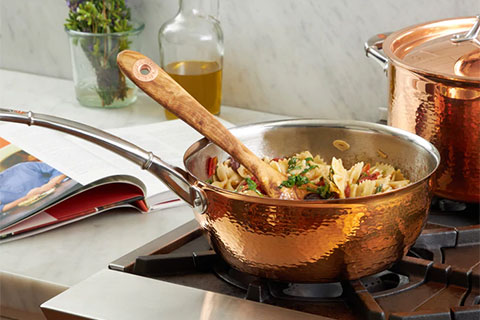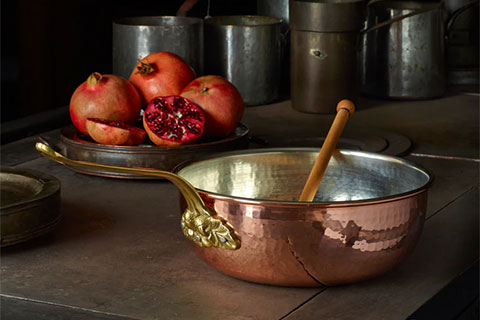It’s good to know about their advantages and disadvantages before the investment.
By Editor Team | February 20, 2022

Why copper cookware? It’s the stuff that worldwide cooks have been relied on for more than a hundred year.
Not just the gorgeous appearance, there’re many reasons that these shiny pieces in the hands of professional chefs and serious home cooks. Among many excellent cookware options out there, quality copper pots and copper pans are unrivalled when it comes to the heat performance. Still, not all the good things, copper tools have some considerations to keep in mind.
Here’s the advantages and disadvantages of copper cookware:
Pros

Cons

In Conclusion
Unlike other daily workhorses, stainless-steel, nonstick, or cast-iron, copper is quite like a sport car — it’s top-notch in both quality and price. Not just that hyper cost, it also needs some skill and experience to find the ‘sweet spots’ for the best results, which might be burdensome for occasional cooks or some home cooks.
But, once you’re expect for spontaneously fast, excellent temperature control for your desired dishes, like heavy ragout sauces, roux, crispy sauteed vegetables and caramelly chocolates seen in a restaurant, copper pans will never let disappointed. Its dazzling beauty is undeniable, as well.